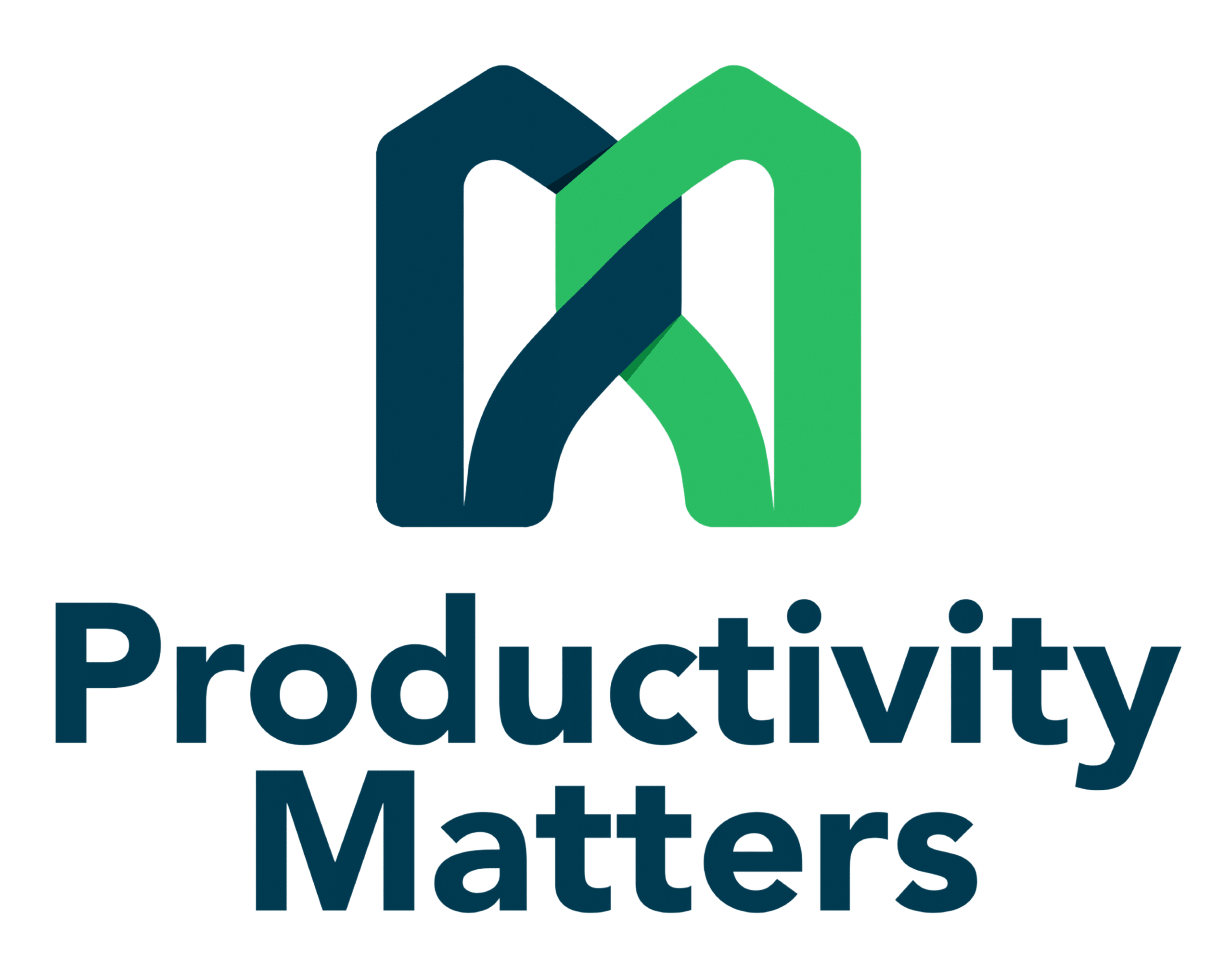Almost every Australian State and Territory has adopted the changes to Safe Work Australia’s (SafeWork) model WHS Regulations 2023 (Cth) (WHS Regulations), requiring employers to manage psychosocial risks in the workplace proactively.
We know that a hazard is something that puts you at risk if you don’t have the right controls in place. A psychosocial hazard is anything that could cause or is perceived to cause psychological harm.
Common psychosocial hazards (whether real or perceived) at work include:
- job demands
- low job control
- poor support
- lack of role clarity
- poor organisational justice
- traumatic events or material
- remote or isolated work
- poor physical environment
- violence and aggression
- bullying
- poor organisational change management
- inadequate reward and recognition
- harassment, including sexual and gender-based harassment, and
- conflict or poor workplace relationships and interactions
The Productivity Matters team has collaborated with a wide range of sectors and industries, from health & hospitals to manufacturing and banking, assisting in identifying hazards and creating proactive, up-to-date risk registers.
What We Have Learned About Psychosocial Risk So Far
Psychosocial risk management has emerged as a critical focus area for organisations, and the lessons learned so far underscore the importance of workforce-led, well-implemented risk controls. When executed effectively, these controls have delivered impressive results, fostering safer, healthier workplaces.
Smart Solutions from Psychosocial Risk Workshops
Recent workshops on psychosocial risk controls have produced a range of innovative solutions, including:
- AI-Powered Language Detection: Deploying AI to monitor and reduce exposure to violent language in bot chats at a national retailer’s call centre.
- Enhanced Communication in Public Transport: Numbering bus failure symbols to streamline communication between drivers and workshops.
- KPI Revision for Alignment: Revising new KPIs for a complaints authority to ensure they align with the workforce’s purpose and objectives.
- Redesigned Customer Interfaces: Improving customer wayfinding and reception counters to reduce escalations, enhance customer experience, and bolster staff safety.
- Distribution Centre Pick Rate Adjustments: Reviewing and refining the ‘pause’ functionality in pick rate systems at an online retailer’s distribution centre.
- Manager Buddy Program: Introducing a mentoring program where experienced managers support new managers, fostering confidence and capability.
Common Pitfalls in Addressing Psychosocial Risks
Despite these successes, not all attempts to tackle psychosocial risks have hit the mark. Some notable challenges include:
- Psychosocial Risk Registers Without Workforce Consultation: Many organisations develop psychosocial risk registers via desktop reviews but fail to consult with their workforce to verify identified risks and validate suggested controls.
- Skipping Hazard Identification: Skipping the psychosocial hazard identification process often leads to disconnects during workforce consultations on risk controls.
Ongoing Challenges
While progress has been made, several areas remain challenging for organisations:
- Reporting Psychological Hazards: Organisations grapple with integrating psychological hazard reporting into their existing Workplace Health and Safety Management Systems (WHSMS). Privacy concerns often complicate these efforts, requiring careful consideration and innovative solutions.
- Engaging Senior Leadership: Senior leaders’ engagement is a mixed bag. Some embrace their responsibility, eager to learn and implement focused risk controls. Others remain hesitant, questioning whether addressing psychosocial risks is within their purview. Common sentiments include:
- “Is this really our responsibility?”
- “How do we differentiate between personal and professional mental challenges?“
- “If I ask, I might break them.”
The Path Forward
To successfully navigate psychosocial risk management, organisations need to:
- Prioritise Workforce Consultation: Engage employees at every stage, from hazard identification to the design and implementation of controls.
- Integrate Reporting Thoughtfully: Develop psychological hazard reporting mechanisms that balance integration with privacy considerations.
- Build Leadership Commitment: Foster a culture where senior leaders understand their responsibilities and actively champion psychosocial risk initiatives.
By addressing these challenges and learning from successes and setbacks, organisations can create safer, more supportive environments that benefit employees and stakeholders. We know we could include a lot more commentary, but this is just a state of what will be a much longer journey in understanding how Psychosocial Risks are likely to play out in our workplace.





